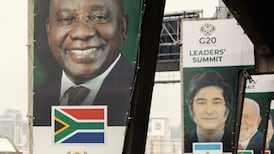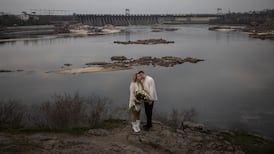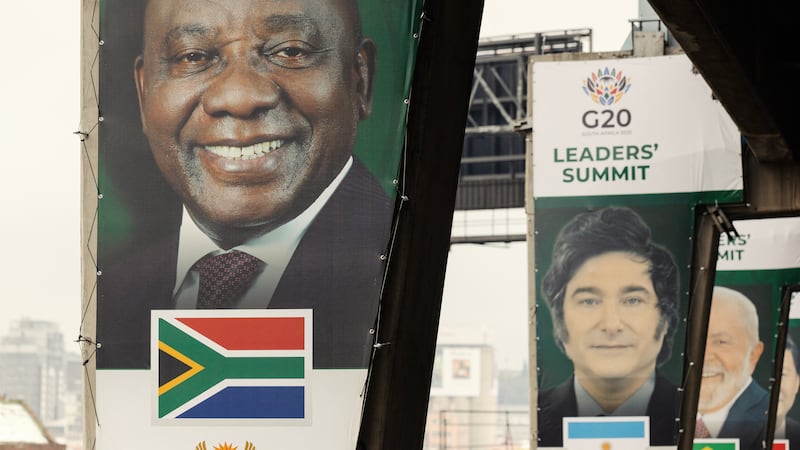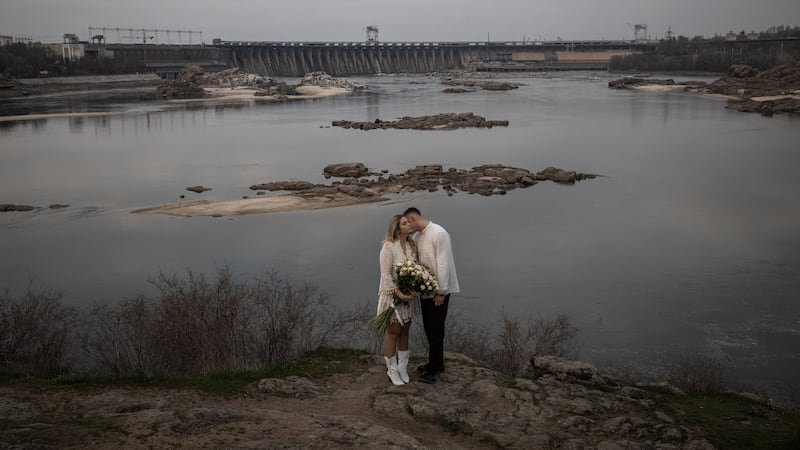As Spain continues to battle its worst spate of wildfires this century, questions are being asked about why they have managed to wreak such havoc, and around the country’s preparedness for this kind of crisis.
About 20 fires deemed “level two”, posing the highest risk, were raging on Tuesday in the northwest and west of the country. More than 30,000 people have been evacuated from their homes over the last week and four people have died because of the fires, the latest casualty a fireman who was killed when the vehicle he was driving rolled over in the province of León.
But Spain’s national weather agency Aemet has reduced its wildfire alert in many areas, as temperatures have started dropping following a heatwave that began in early August, sparking cautious optimism.
“This is a window of opportunity that we are going to make every effort to take advantage of and [hopefully] see a bit of light at the end of the tunnel after so many difficult days,” said Alfonso Rueda, president of the Galicia region, speaking about the improved weather conditions.
RM Block
However, there was little sign of the largest fires easing up. In many towns and cities across the Castile and León region, people have been using face masks because of the poor air quality caused by the fires, which is noticeable as far south as Madrid. Meanwhile, the high-speed rail link between the capital and the northwest was suspended for a sixth successive day.
[ How wildfires in Spain consumed 'heroes' who rushed to helpOpens in new window ]
A total of 383,000 hectares of land had been burned in Spain so far in 2025 by Tuesday, according to the European Forest Fire Information System (Effis), making it the worst year since the mid-1990s.
Although a freakishly long heatwave has been seen as a big factor in causing the fires, Spain’s preparedness in terms of both prevention and response to such crises has come under scrutiny.
On Monday, several hundred people protested on the streets of León at what they see as the inadequate handling of the wildfires by their regional government. “The smoke does not cover your incompetence,” read one banner held by protesters, who called for increased investment in firefighting resources and prevention.
As was the case with the floods in eastern Spain last year which killed more than 220 people, this disaster has triggered a political spat, pitting the left-wing central government against the conservative People’s Party (PP), which governs Galicia, Castile and León and Extremadura, the most heavily affected regions, all of which contain vast, sparsely populated rural areas.

The PP’s leader, Alberto Núñez Feijóo, has accused the socialist prime minister, Pedro Sánchez, of “skimping on resources and improvising”, a charge the government roundly rejects.
Mr Sánchez has emphasised the climate change dimension of the fires, calling for a cross-party pact to tackle this challenge.
During a visit to the western Extremadura region, where a fire remained out of control having devoured 15,500 hectares, Mr Sánchez said that “the climate emergency ... is accelerating, affecting the Iberian Peninsula each year more and more intensely”.
He was later booed by some local people in Zamora, another area which has been severely affected.
The PP has rejected the pact proposal, describing it as a “smokescreen” and the far-right Vox party, with which it governs in some regions, has gone even further. It has blamed the fires on “climate change fanaticism”, claiming that existing green policies prevent many rural areas from being cleared of flammable dead vegetation.
Joaquín Ramírez of Technosylva, a Spanish company that specialises in prevention and response to wildfires, attributed this year’s litany of fires to “a combination of abandonment of rural areas, abandonment of managing [the land] and the stress exerted on our forest areas”.



















